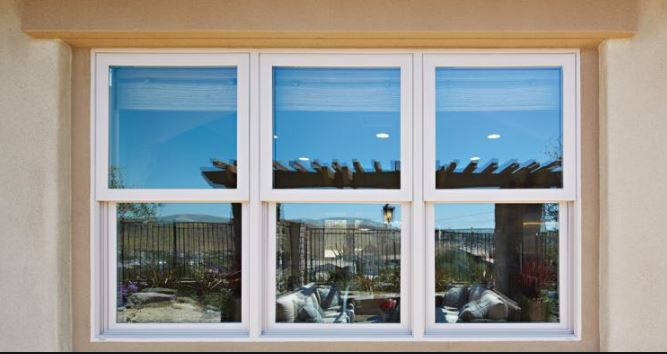Construction Loans: Financing the Path from Vision to Completion

Every great building project starts with a vision, but transforming that vision into reality requires capital. From acquiring land and hiring contractors to purchasing materials and obtaining permits, the financial side of construction can be overwhelming. Traditional mortgages don’t cover these needs, which is why specialized construction loans exist to support homeowners, builders, and investors.
Unlike standard home financing, construction loans are structured to match the stages of a project. Instead of providing all the funds upfront, lenders release money gradually as construction progresses. These installments—called “draws”—are tied to milestones such as foundation work, framing, roofing, and final finishes. This ensures accountability, reduces risk, and provides steady financial support throughout the building process.
How Construction Loans Work
Construction loans are typically short-term, lasting from 6 to 24 months. During this time, borrowers usually make interest-only payments, which helps keep costs manageable while the property is being built. Once the project is completed, the loan is either refinanced into a long-term mortgage or paid off in full if the property is sold.
The draw schedule is central to this process. Lenders conduct inspections before releasing each installment, ensuring the project is progressing according to the plan. This safeguards both the borrower and the lender from unnecessary financial risk.
Types of Construction Loans
- Construction-to-Permanent Loan – Offers convenience by converting into a traditional mortgage once the project is finished.
- Stand-Alone Construction Loan – Funds only the construction phase, requiring a new mortgage afterward.
- Renovation Loan – Suitable for large-scale remodeling or upgrading existing properties.
- Owner-Builder Loan – For borrowers managing their own project, though approval can be harder without professional credentials.
Benefits of Construction Loans
- Tailored Financing – Designed specifically for construction needs.
- Interest-Only Payments – Keeps monthly expenses low during building.
- Structured Disbursement – Ensures money is used for actual progress.
- Flexibility – Ideal for custom homes, renovations, or commercial builds.
Potential Challenges
Despite their advantages, construction loans come with challenges:
- Higher Interest Rates – More costly than traditional mortgages.
- Strict Requirements – Borrowers must provide detailed project plans, budgets, and schedules.
- Large Down Payment – Lenders typically require 20–25% upfront.
- Construction Risks – Delays and unexpected costs can complicate repayment.
Who Should Use Construction Loans?
- Homeowners designing custom houses.
- Investors financing new developments.
- Developers managing large projects.
- Property Owners renovating older buildings.
How to Qualify for a Construction Loan
To secure approval, borrowers usually need:
- A strong credit profile (typically 680+).
- A manageable debt-to-income ratio.
- A detailed construction timeline with cost estimates.
- A reputable contractor or builder.
- A significant down payment.
Choosing the Right Lender
Not every lender offers construction financing, so finding an experienced partner is essential. Specialized lenders understand the complexities of draw schedules, inspections, and conversion into long-term mortgages. Working with the right lender can streamline the process and provide financing tailored to your project’s needs.
Conclusion
Construction loans provide the essential link between a vision on paper and a completed property. By releasing funds in phases and offering flexibility during the building period, they empower homeowners, developers, and investors to bring projects to life. While they may involve stricter qualifications and higher costs than traditional loans, their ability to finance construction from start to finish makes them indispensable in today’s real estate landscape.




